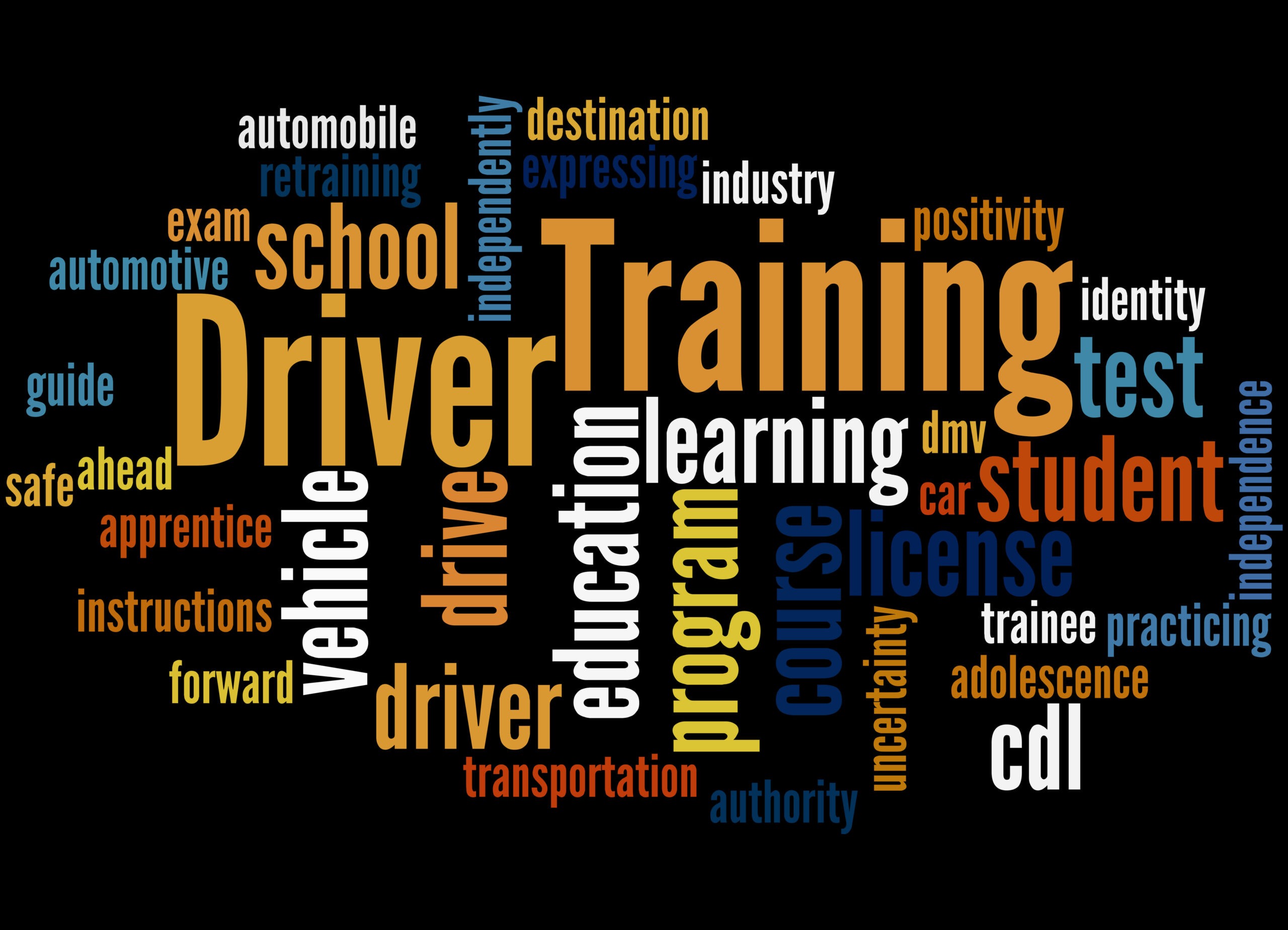Overview
Partnering with local school districts to offer driver education and integrate commercial driver’s license (CDL) training into Career and Technical Education (CTE) programs presents a strategic opportunity for driving schools. This collaboration not only allows direct access to the educational market but also diversifies the training offerings to include both foundational driver education and specialized CDL training, catering to broader student needs. Such partnerships are often supported by government funding, which can enhance the sustainability and reach of these programs.
Benefits
Stable Contracts and Predictable Revenue
Collaborating with school districts typically results in long-term contracts that provide stable and predictable revenue streams. Schools continuously enroll new students each year, ensuring a consistent demand for driver education and CDL training programs. This predictable enrolment provides driving schools with a reliable business model that can endure fluctuations in external market conditions.
Diversified Educational Offerings
By offering both standard driver education and specialized CDL training, schools can cater to a wider range of student interests and career aspirations. This diversification can attract additional funding and support from educational and governmental bodies, further stabilizing the program. Moreover, it positions the driving school as an institution that meets not only individual learners’ needs but also local economic demands by producing well-trained graduates ready for various driving careers.
Early Brand Loyalty
Introducing driving skills through school programs allows driving schools to engage with students at a critical decision-making point in their lives. Providing both basic and advanced driving courses helps build a strong brand presence and loyalty among young learners, who may continue to engage with the driving school for further education or recommend it to peers. This early connection is crucial, as students tend to rely on trusted institutions when seeking additional qualifications such as advanced driver training or CDL certifications.
Enhanced Community Presence and Credibility
Being an integral part of the school’s curriculum boosts the driving school’s credibility and visibility in the community. This association not only strengthens the school’s reputation but also positions it as a key contributor to local education and workforce development. Such involvement enhances the driving school’s stature as a trusted and reliable partner in developing skills that directly impact local industries, including transportation and logistics.
Access to New Markets
Offering CDL training as part of a CTE program opens new markets by catering to students interested in entering industries that require commercial driving skills. This expands the school’s influence beyond traditional driving education into vocational training, which is highly valued in today’s job market. It helps the driving school tap into emerging economic opportunities, particularly as industries such as logistics, construction, and public transportation face ongoing labour shortages.
Government Support and Incentives
In many regions, government incentives are available to support schools and educational institutions that integrate CTE programs into their curricula. This includes grants and funding specifically aimed at vocational training, such as CDL programs, which play a vital role in addressing the growing demand for skilled commercial drivers. By partnering with local school districts, driving schools can tap into these financial resources, ensuring that the programs remain affordable for students while also benefiting from additional governmental support that can be reinvested into expanding and improving the training infrastructure.
Meeting Industry Demand
The logistics and transportation industries are facing a critical shortage of qualified commercial drivers. By offering CDL training in schools, driving schools help to address this workforce gap by preparing students for careers in high-demand sectors. Moreover, schools that offer CDL training within their CTE programs can position themselves as vital players in local economic development, supplying the talent needed to keep essential industries running smoothly. Students who complete these programs leave high school with a practical skill set, improving their employability and earning potential immediately after graduation.
Fostering Job Placement Opportunities
Incorporating CDL training into CTE programs not only equips students with valuable driving skills but also creates direct pathways to employment. Many driving schools have relationships with local and regional employers who are in need of CDL-certified drivers. By establishing strong ties with these employers, driving schools can assist students in securing job placements right after completing their training. This level of support and networking adds immense value to the educational offering, making it attractive to both students and their families, as well as to the educational institutions involved.
Conclusion
Partnering with local school districts to integrate driver education and CDL training into CTE programs is a forward-thinking strategy for driving schools. This collaboration not only brings financial stability and long-term contracts but also allows schools to meet the needs of students and industries alike. By helping students gain essential life skills, driving schools contribute significantly to workforce development while securing their position in an evolving market. Such initiatives create a win-win scenario: students gain employable skills and job prospects, schools enhance their educational offerings, and driving schools expand their market influence while bolstering their community presence.


















